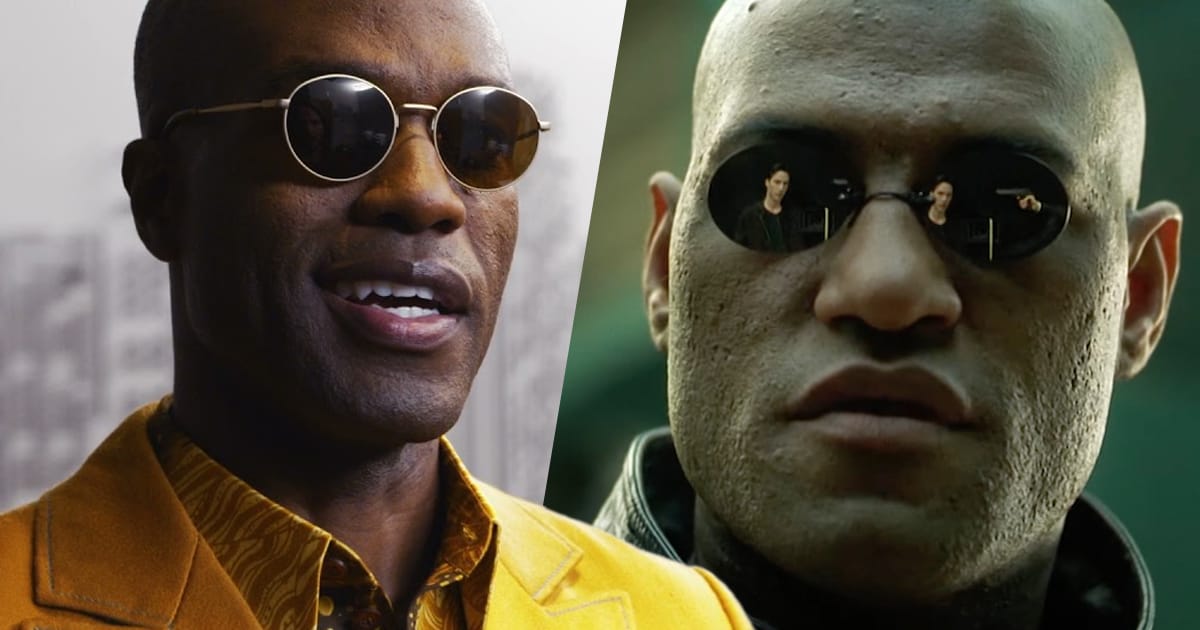Intertextuality strikes back

I recently had the opportunity to watch The Matrix Resurrrections with a group of friends, and I was bummed to discover that I really didn’t like it much at all. There’s plenty of reasons for this, but I don’t want to focus on reviewing a movie I didn’t like.
Instead, I wanted to take a moment to write about a trend I’m seeing more and more, particularly in films and what limited television I watch. It’s the trend of intertextuality, or the connection of one piece of art with another.
I wrote about this several years ago in reference to the first season of The Mandalorian. In that piece, I talked about how movies and shows are increasingly relying on our fond feelings toward a property (like Star Wars) to evoke positive emotions.
Since then, the problem only seems to have gotten worse.
On one hand, the growth of intertextuality makes sense. For one - it’s inescapable. Culture and language are always shifting and evolving, and our art will always reference the art that came before. A little bit of intertextuality is unavoidable. Beyond that, with most big-budget films (at least out of Hollywood) being part of a series or connected universe, some degree of intertextuality is also unavoidable.
What irks me, though, and what is increasingly concerning, is that I see movies and writers relying more and more on intertextuality to evoke positive emotions, instead of creating stories that do that on their own.
The Matrix Resurrections is simply the latest movie to fall into this trap, but it jumps in with both feet.
Look no further than the opening scene, in which we see a nearly shot-for-shot remake of the opening scene of the original Matrix, where Trinity is nearly caught by the agents.
I still get chills when I watch the original scene, and have fond memories of almost jumping out of my chair the first time I saw the scene in person. It was a brilliant and unexpected piece of filmmaking, with mind-blowing special effects and atmosphere.
So Resurrections uses the scene, and hopes that my positive associations with The Matrix will rub off on their new film.
“But Ryan!” I hear you shouting. “Resurrections is sooo meta! It needs to rely on intertextuality!”
Granted. As I’ve admitted to before - with the growth of series and shared universes, a rise in intertextuality is inevitable. There’s another essay to be written on truly original works in Hollywood, but that’s for another day. The question I always pose to myself about an intertextual reference is this: Does the story work whether or not a reader/viewer understands the reference?
When I first learned about intertextuality, I saw a scene from an old Superman film (Christopher Reeves), where he sees a payphone without a booth, pauses for a moment, shakes his head, and walks on. It’s a second worth of film, a quick blink that might bring a smile to the face of fans and ruin nothing for a new viewer.
That, too me, feels like intertextuality done right. A reference that makes the experience richer for a true fan, but doesn’t affect the story for anyone else.
By that standard, it feels to me like Resurrections fails. It calls back iconic scenes over and over, but it fails to add iconic scenes of its own. I don’t think Resurrections works even when I understand the references. But if I take the role of a new visitor to the world, all I would see are a mess of random scenes that make little to no sense.
And that is intertextuality done wrong.
